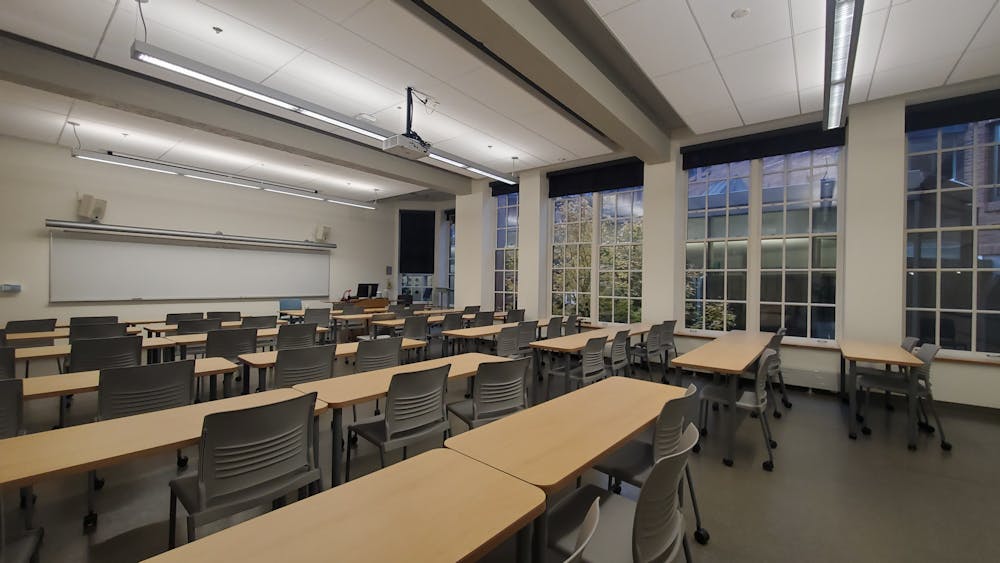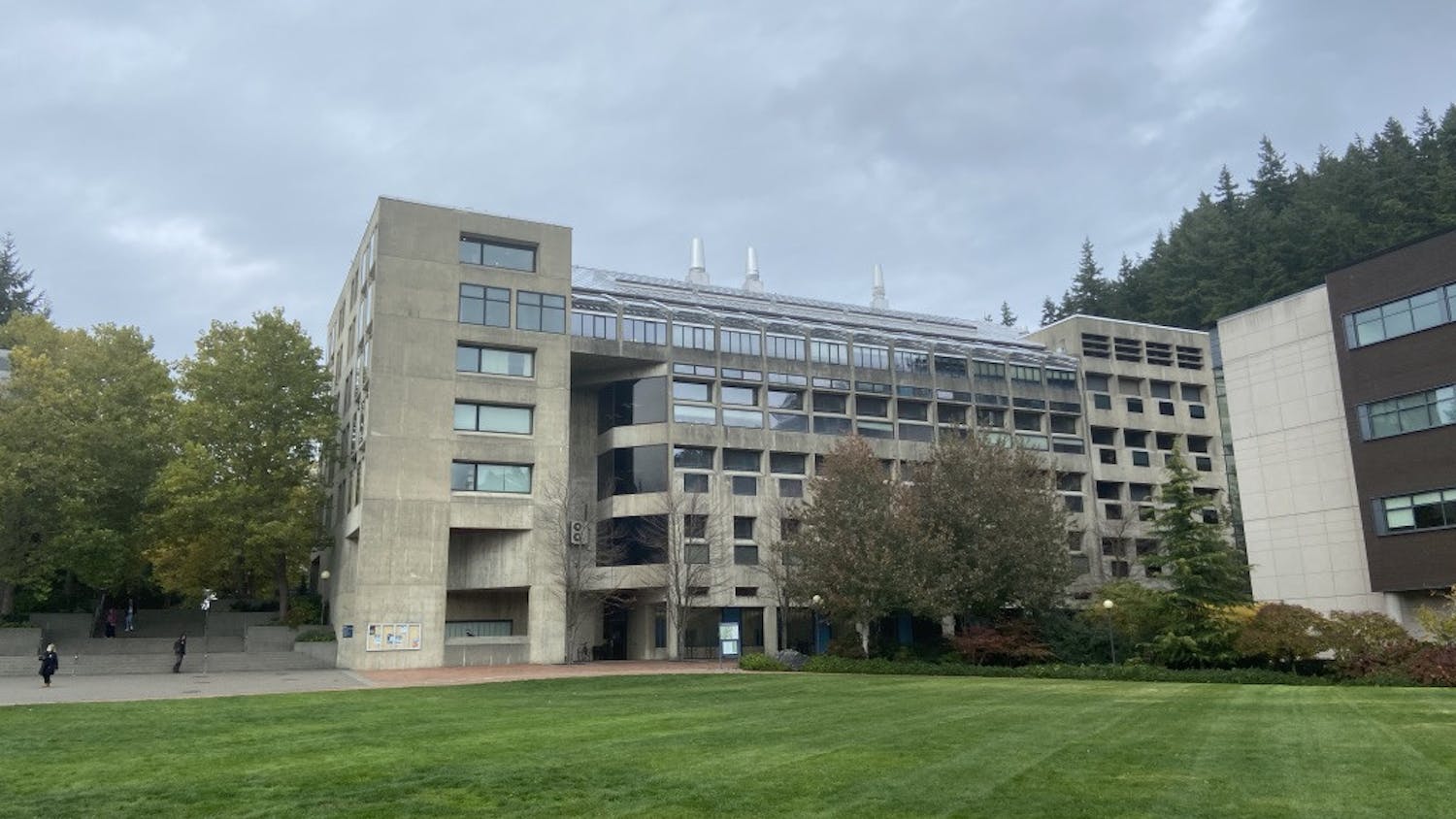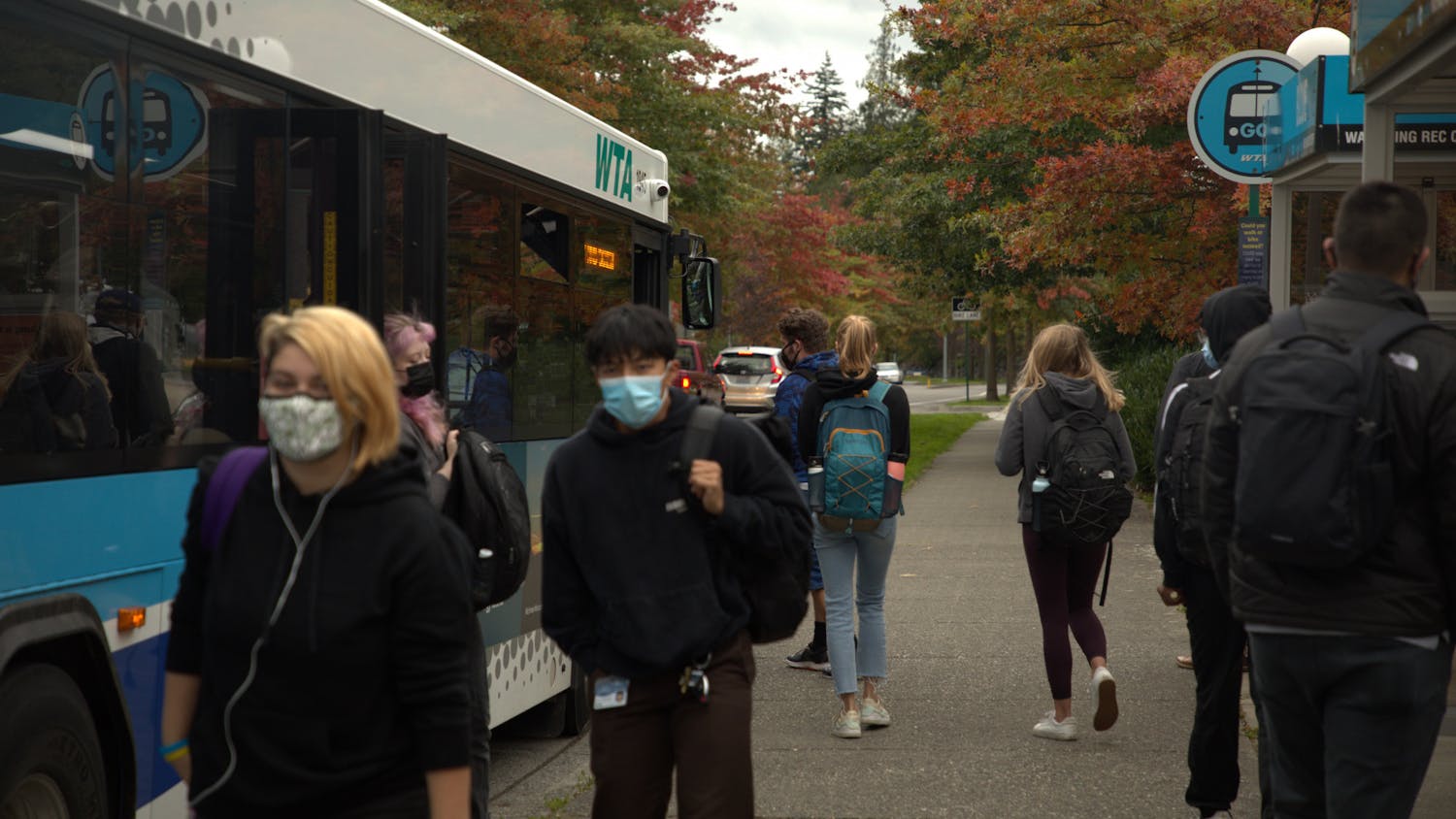This Fall, Western Washington University has welcomed fifteen thousand students to campus, but several courses have remained remote synchronous. Students attending Zoom classes may need to connect from campus, as they may not have an adequate space or internet connection in their residences, or because they have an in-person class right before or after their virtual one.
With barely 10 minutes between each adjacent course, moving around campus to find a place to log in to Zoom can be a hassle. It’s even worse if a student lives off campus and has to rush to school right as their Zoom class ends.
Western’s website offers a list of spaces available to those students in need of a place to attend their zoom classes. While this can be helpful to several people, there seems to be no mention of rooms where students taking online art classes, such as dance, can perform.
Reading through the reserved classrooms section, one might notice there are far more empty classrooms on the different campus buildings during the week than there are listed. Does this mean we can’t use those unlisted spaces when we see an unused one?
John Thompson, Western’s assistant director at the Office of University Communications, answered this question.
“The rooms listed on the website are reserved for the quarter for the explicit purpose of being open for Zoom/synchronous classes,” he said in an email. “If one were to choose one of these rooms for the quarter, it is not likely to change. The other spaces/classrooms are not reserved. So, while they are currently open, they could become used or reserved in the future.”
Other spaces available include the ATUS computer labs, Wilson Library Building’s 10 study rooms on floors three through five – which are available on a first-come, first-served basis.
“The smaller rooms are suitable for a single student learning remotely; larger rooms would serve well for a group of students in a single class looking for a space to participate in the remote class together,” Western’s website says.
In the list, most of the reserved classrooms are available for 50 minutes or an hour and 20 minutes. The following are classrooms available for larger time blocks for students whose classes are longer:
- Fraser Hall – FR 201 is open 8 a.m. – 12:50 p.m. Wednesday and Tuesday.
- Haggard Hall – HH 345 is open 8 a.m. – 4 p.m. Monday through Friday.
- Haggard Hall – HH 353 is open 8 a.m. – 1:50 p.m. Monday only; 8 a.m. – 5 p.m. Tuesday and Thursday.
- Humanities Building – HU 110 is open 8 a.m. – 5 p.m. Monday, Wednesday and Friday.
- Viking Union – VU 552 is open 8 a.m. – 2:30 p.m. Monday through Thursday.
- Arntzen Hall — AH 100 is open 8 a.m. – 1:50 p.m. Tuesday and Thursday.
- Academic West — AW 204 is open noon – 3:50 p.m. Tuesday and Thursday.
- Communications Facility — CF 125 is open 8 a.m. – 4:50 p.m. Thursday only.
In Miller Hall, MH 121 and MH 123 – unlisted on the website – are available for zooming purposes at the following times, according to the flyers attached to each room’s door:
MH 121
- Monday: 8:30 a.m. – 12:30 p.m.
- Tuesday: 8:30 a.m. – 10 a.m., 1 p.m. – 1:45 p.m.
- Wednesday: 8:30 a.m. – 12:30 p.m.
- Thursday: 8:30 a.m. – 10 a.m., 1 p.m. – 1:45 p.m.
- Friday: 8:30 a.m. – 12:30 p.m.
MH 123
- Monday: 8:30 a.m. – 9:30 a.m., 2:30 p.m. – 4 p.m.
- Tuesday: 8:30 a.m. – 9:30 a.m., 12 p.m. – 4 p.m.
- Wednesday: 8:30 a.m. – 9:30 a.m., 12 p.m. – 4 p.m.
- Thursday: 8:30 a.m. – 9:30 a.m., 12 p.m. – 4 p.m.
- Friday: 8:30 a.m. – 9:30 a.m., 12 p.m. – 4 p.m.
Travis Felver, student and peer educator lead at Western’s Leadership & Community Engagement Center, said he was first concerned about the list’s lack of classrooms available for students attending two hour long classes like him.
“It’s not going to work for my time block,” he said. “I’m not going to get up from class, just to move to a different classroom in the middle of class.”
When The Front interviewed him on Sept. 29, the list only included classrooms available for less than two hours. The list was updated by Oct. 1 with the reserved classrooms available for larger time blocks.
“The university feels the existing space and infrastructure is sufficient to meet demand,” Thompson wrote in an email to The Front on Sept. 30.
According to President Randhawa, who spoke at a recent faculty senate meeting, 26 percent of students attend only face-to-face or hybrid courses, 60 percent attend at least one face-to-face or hybrid course and 14 percent attend only remote – synchronous or asynchronous.
Jonathan Lee is a Western dance instructor who teaches hip-hop on Zoom. He believes the majority of his remote students are using their space at home this quarter, and there are probably a few students who use public space on campus to attend.
Lee said there should be a space on campus for dance students who attend their courses on Zoom.
“Some people’s homes or bedrooms are not big enough to execute all the choreography,” he said.
Penny Hutchinson, who teaches movement and culture online as well, believes students would benefit from more support in finding a proper and unused location to perform. She said that the floors would require regular sanitization, and they shouldn’t be slippery or chipped.
Lee said that home-campus travel can be an issue when a Zoom class and an in-person class are right next to each other in a student’s schedule.
“It might not work logistically,” he said.
Lee Anne Frahn, department of music’s program coordinator, said the music department is making accommodations on a case-by-case basis.
Frahn said there is a course whose instructor is remote, but students are allowed to use one classroom where they can interact with the instructor through the computer, which is connected to a projector.
The department is making accommodations for those students who are in need of a space to perform in a synchronous class, but there are still “bottlenecks” because several classes are held between 9 a.m. and 1 p.m., which can make finding available spots more difficult, Frahn said.
Thompson said students who need assistance because of space issues should reach out to their department.






